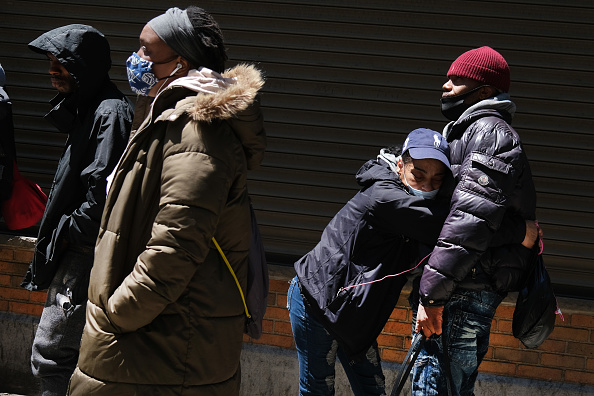Evidence is mounting that government-imposed lockdowns failed to slow the spread of COVID-19 and created their own pain and suffering.
“Now that the 2020 figures have been properly tallied, there’s still no convincing evidence that strict lockdowns reduced the death toll from Covid-19. But one effect is clear: more deaths from other causes, especially among the young and middle-aged, minorities, and the less affluent,” writes John Tierney in a recent article in City Journal on March 21.
Deaths not attributable to COVID-19 were higher in U.S. counties with larger populations of low-income and minority residents. “Nearly 40 percent of workers in low-income households lost their jobs during the spring, triple the rate in high-income households,” adds Tierney.
The pandemic and its effect on human life have been studied by universities, public health organizations, think tanks, and even financial organizations over the last year. Many, if not most, conclude that lockdowns have affected poor populations disproportionately.
Martin Kulldorff, professor at Harvard Medical School and one of the three authors of The Great Barrington Declaration, recently tweeted: “Lockdowns have protected the laptop class of young low-risk journalists, scientists, teachers, politicians, and lawyers while throwing children, the working class and high risk older people under the bus.”
How Lockdowns Have Hurt
Low-income and minority populations are less likely than affluent households to have an emergency fund to handle the kind of jolt to the economy that the lockdowns caused (see related article, TBA). In the latest Federal Reserve report on economic well-being reflecting pre-pandemic 2019 data, 63 percent of respondents said they would have enough money to cover a $400 emergency expense.
A University of Chicago study found over 57 percent of women who were earning less than $30,000 a year, lost money during the pandemic while that was the case for 30 percent of households earning more than $45,000 a year.
Minority-owned businesses were disproportionately impacted by the lockdowns. A Federal Reserve Bank of New York study shows nearly half of small businesses that closed during the early stages of the lockdowns were black-owned.
Stay-at-home orders have also exacerbated social and health problems such as drug and alcohol abuse, depression and anxiety, weight gain due to lack of exercise and unhealthy diet, suicide, and domestic violence.
An analysis in the New York Times on March 11 presented a number of statistics showing how lockdowns hurt low-income households. Fewer than one percent of households earning more than $200,000 reported not having enough to eat in the past year, while that was true for 30.3 percent of households earning less than $25,000 yearly.
All children struggled with online classes but those from low-income households particularly lost ground. Thirty-seven percent of children in the upper 25 percent of household income reported making progress in online math coursework over the course of the past year while progress decreased 11 percent for those in the bottom quarter of income.
“Locking down the economy has done more to widen the gap between rich and poor than any other government decision or economic development in modern times,” commented the Committee to Unleash Prosperity on March 18.
Michele Mueller(mgmueller@fountainheaddesigngroup.com) writes from Las Vegas, Nevada.





















